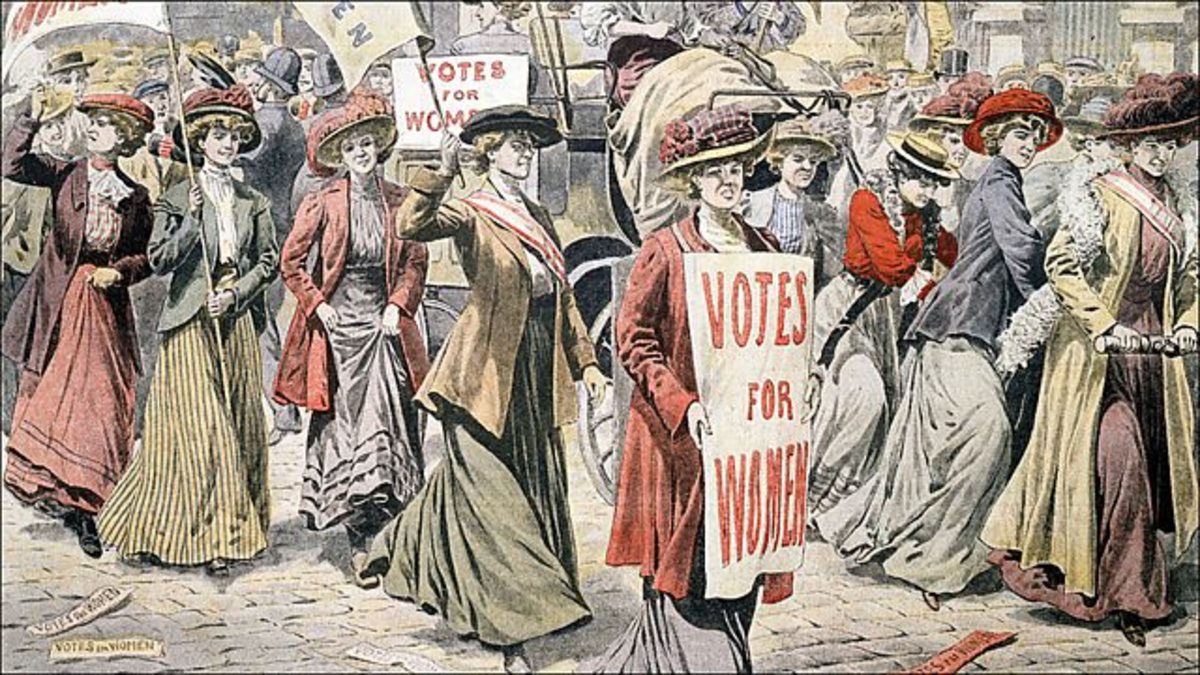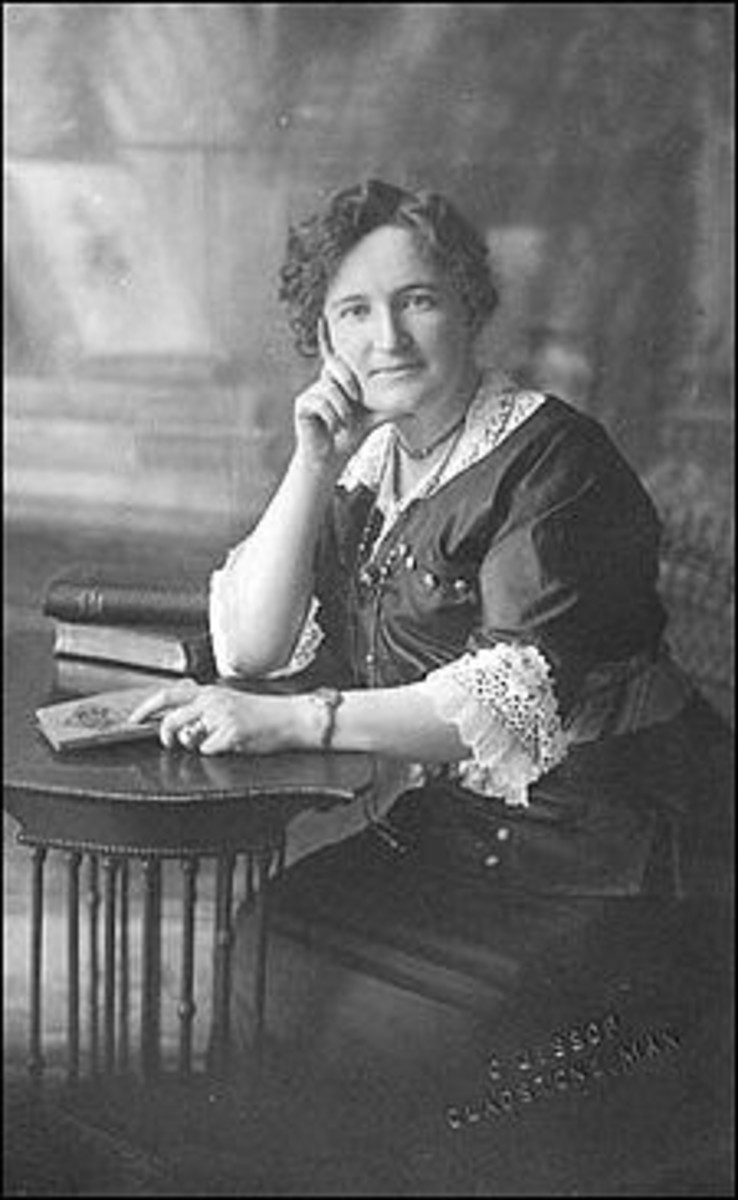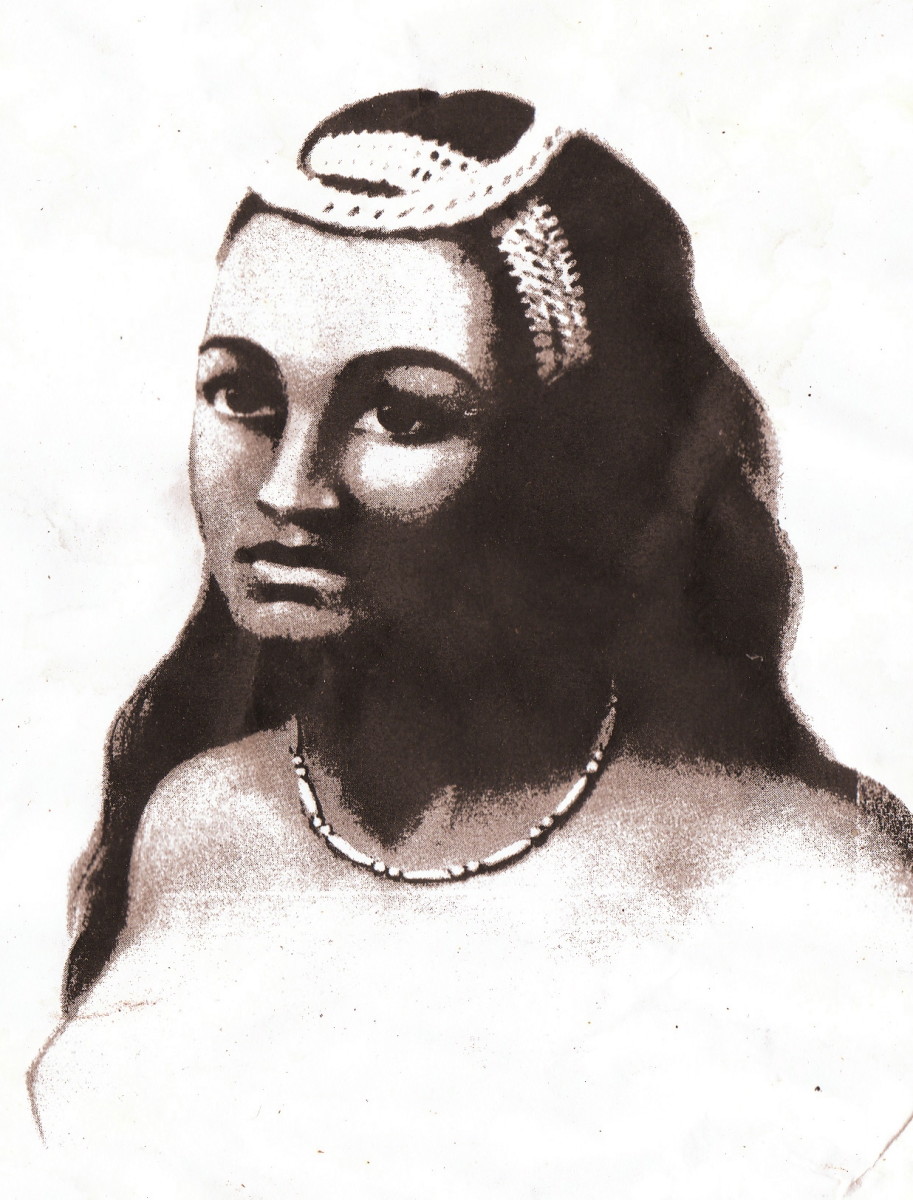International Women's Day - More than 100 Years of Advocating for Women
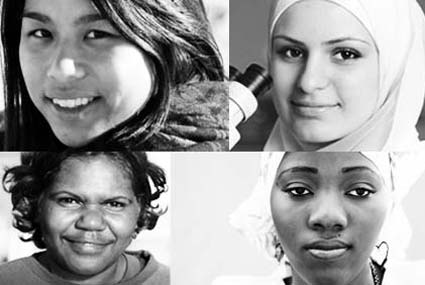
March 8 is International Women's Day
Long before Women's History month came into being, there was International Women's Day, originally called International Working Women's Day.
The early 1900s were years of expansion and social unrest across the globe. This era also gave rise to radical ideologies. Social reform was the banner cry during the Progressive era of 1900-1920. Legislation was passed to ensure fair wages, work safety, child labor as well as how prisoners and mental patients were treated. Corruption was exposed and social safety nets began to be built. It was within this context that the International Women's Day began.
Today, although women have made strides in all aspects of their lives, there is still much that needs to be done, especially in the realm of work. Appropriately enough in this era of economic upheaval, the theme for the 100th anniversary of the International Women's Day in 2011 was "Equal access to education, training and science and technology: Pathway to decent work for women."
The 2012 theme is "Empower Rural Women – End Hunger and Poverty"
What does this mean for women around the world?
The (2012) 56th Session of the Commission on the Status of Women will focus on empowering rural women and their role in eradicating poverty and hunger.
Rural women make up one-fourth of the world’s population but their rights, contributions and struggles are still too often overlooked.
Rural women are entrepreneurs, decision-makers, leaders, service providers and producers. They are the linchpins that hold communities together. Rural women make up a large proportion of the agricultural labor force, produce the majority of food grown in subsistence farming, and perform most of the unpaid care work in rural areas.
Here are some facts and figures from the CSW56:
- It is estimated that 60 percent of chronically hungry people are women and girls
- If the 43% of women in the agricultural labor force had the same access to productive resources as men, they could increase yields on their farms by 20 to 30 percent, raising total agricultural output in these countries by 2.5 to 4 percent and reducing the number of hungry people in the world by around 12 to 17 percent.
- Although women may make up nearly half the labor force in agriculture, less than 20% of the world’s landholders are women.
- Collecting water is a major drain on rural women's time and energy. Some women - such as in Malawi - women spend 9.1 hours collecting water compared to 1.1 hours that men spend doing the same task. Women (and children) often walk for miles (sometimes through unsafe areas) to collect the water, which isn't always clean.
- Natural disasters, climate change and conflict can undermine the health, education and livelihoods of rural women differently than for men. For instance, although women usually manage the small plots of agricultural land in each family for income or sustenance in developing countries, land titles are most likely to be held by the men. This means that following a disaster, many women cannot independently claim state-offered reconstruction funds.
These are just some of the issues rural women in developing countries continue to face that the United Nations is working to address.
More facts point to the importance of educating women and girls:
- Data from 68 countries indicates that a woman’s education is a key factor in determining a child’s survival.
- Every additional year of primary school increases girls’ eventual wages by 10–20 percent. It also encourages them to marry later and have fewer children, and leaves them less vulnerable to violence
- Educated women are more likely to have greater decision-making power within their households.
International Women's Day Timeline
1908
15,000 women march through New York City demanding shorter hours, better pay and voting rights.
1909
The first National Woman's Day was observed across the United States on February 28 February. Women continued to celebrate it on the last Sunday of February until 1913.
1910
The second International Conference of Working Women is held in Copenhagen. There, Clara Zetkin proposed that every year in every country there should be a celebration of women and a day to press for their demands. Over 100 women from 17 countries – representing unions, socialist parties, working women’s club – voted unanimous approval, resulting in International Women’s Day.
1911
More than one million women and men attended rallies on March 19 campaigning for women's rights to work, vote, be trained, to hold public office and end discrimination. But less than a week later on March 25, the tragic 'Triangle Shirtwaist Fire' in New York City took the lives of more than 140 working women. This disastrous event drew significant attention to working conditions and labor legislation in the United States that became a focus of subsequent International Women’s Day events.
1913-1914
International Women’s Day is moved to March 8.
1917
Russian women began a strike for “bread and peace” in response to the death of more than 2 million Russian soldiers in war.
1918-1999
Since its birth in the socialist movement, International Women’s Day has grown to become a global day of recognition and celebration across both developed and developing nations. 1975 is designated as “International Women’s Year” by the United Nations.
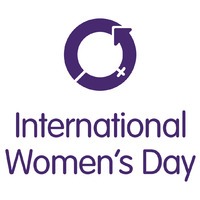
2000 and beyond
About 30 countries have made the day an official holiday. But despite advances for women in all areas of our lives, equality for women worldwide is still not a reality. Consider these facts:
- girls are still less likely to be in school than boys
- women make up more than two-thirds of illiterate adults
- every 90 seconds a woman dies in pregnancy or due to childbirth-related complications despite the knowledge and resources to make births safe
- women continue to earn less than men for the same work and have unequal inheritance rights and access to land
- only 28 women are heads of state or government and just 8 percent are peace negotiators
- cracking the glass ceiling also remains an uphill struggle for women in business, especially getting into boardrooms and heading major companies.
- women farmers also face serious discrimination and giving them the same tools and resources as men, including better access to land, technology, financial services, education and access to markets could reduce the number of hungry people in the world
What's happening today?
International Women's Day is celebrated throughout the world with parades, political rallies, government activities and business conferences. Some global corporations plan internal events and sponsor external ones. Google changes its logo on its global search engine pages on March 8.
What events are happening where you live?
On International Women's Day, 8 March 2012, UN Women Executive Director Michelle Bachelet calls for women's equal participation in all spheres of life as fundamental to democracy and justice.

